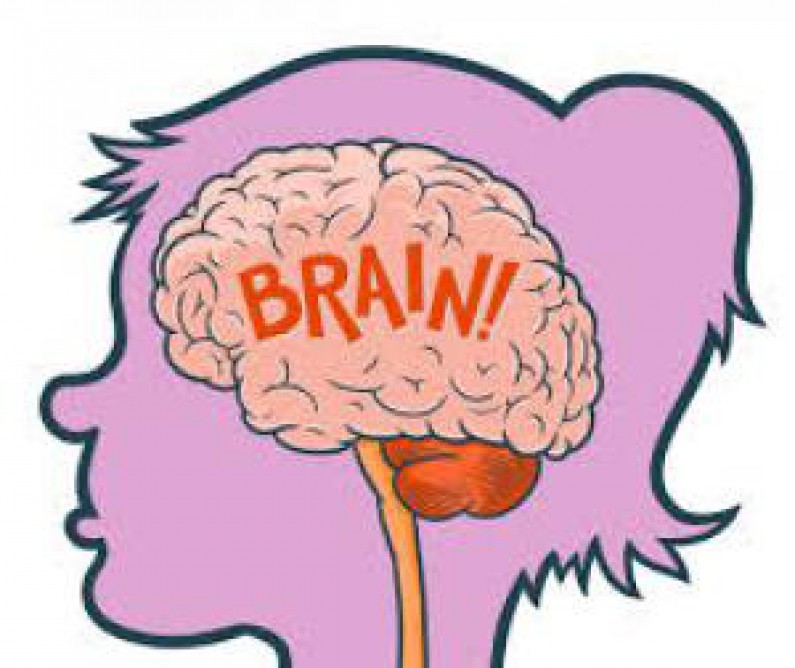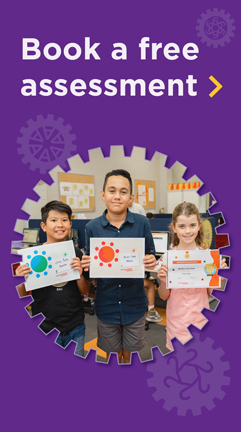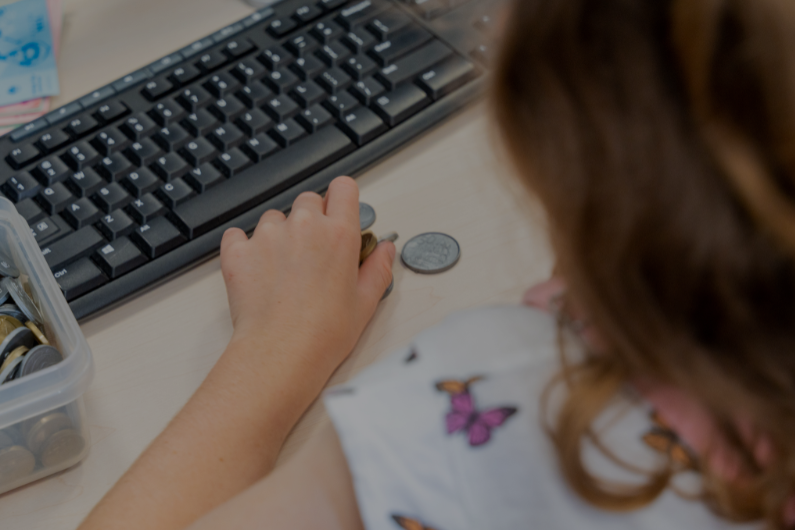The Science Behind Learning and Having FUN!

EVERYTHING we experience is a form of 'stress' ... some of it good, a lot of it bad.
For children who are struggling with any kind of learning most of the stress is not the good kind.
The stress of not performing well is far too often reinforced in the classroom setting - for all sorts of reasons, some avoidable, some not. We have so much power to change that! It's not always easy, BUT it can almost always be done.
One of the great advances in the field of neurology in recent years has been the development of the fMRI. While the MRI allowed us to see the brain in great detail, the fMRI allows us to see the brain in action (fMRI = Functional Magnetic Resonance Imaging). We can actually see the brain processing information.
In a nutshell, the amygdala - which is located deep inside the brain (in the hippocampus) is like an extraordinarily sensitive filter or switching station. It either turns information downward towards the lower reactive brain where we have our ‘fight, flight or freeze’ responses OR it allows that information into the higher levels of the brain - the prefrontal cortex.
It is only here, in this prefrontal cortex, that information can be processed - mentally manipulated and/or moved into the highest cognitive and emotional control centres of the brain that we refer to as executive function.
The amygdala routes information based on our emotional state.
Pretty simple.
If children are feeling negative about an experience - and negative includes anxiety, fear, even boredom … the amygdala uses up the brain’s available nutrients and oxygen and it's the fight, flight or freeze reaction (although on a slightly lesser scale than if one were to encounter, say, a tyrannosaurus) but it’s still that physiological reaction.
If, however, the brain is convinced that an experience (like the kind we offer at NumberWorks’nWords) is pleasurable, our good friend, the amygdala releases a little drop of dopamine that tells the whole system that life is worth living. The information is allowed through the gates, to be directed to the prefrontal cortex.
Dopamine is a neurotransmitter - it’s the feel good one. So how does dopamine affect learning?
Basically, when new information is coming into the brain, messages about this new info travel from neuron to neuron as a small electrical current. Like anything electrical, wiring is needed to carry those currents. Synapses - those little gaps between neurons - have no wiring! Chemical neurotransmitters (like dopamine) carry the message across the synapse. Let’s hear it for dopamine! Now ... when an experience is pleasurable, the amygdala releases extra dopamine! Having a burst of dopamine during a learning session is like hitting the SAVE button in a word document - you aren’t going to lose your information! If dopamine is present during a learning experience, we remember that information. If there is no dopamine present, the info just isn’t going to stick.
The NumberWorks’nWords program creates physical, emotional and intellectual environments that reduce ‘bad’ stress and encourage the production of dopamine. This explains why kids love to come to NumberWorks’nWords and learn so much while they are here!



